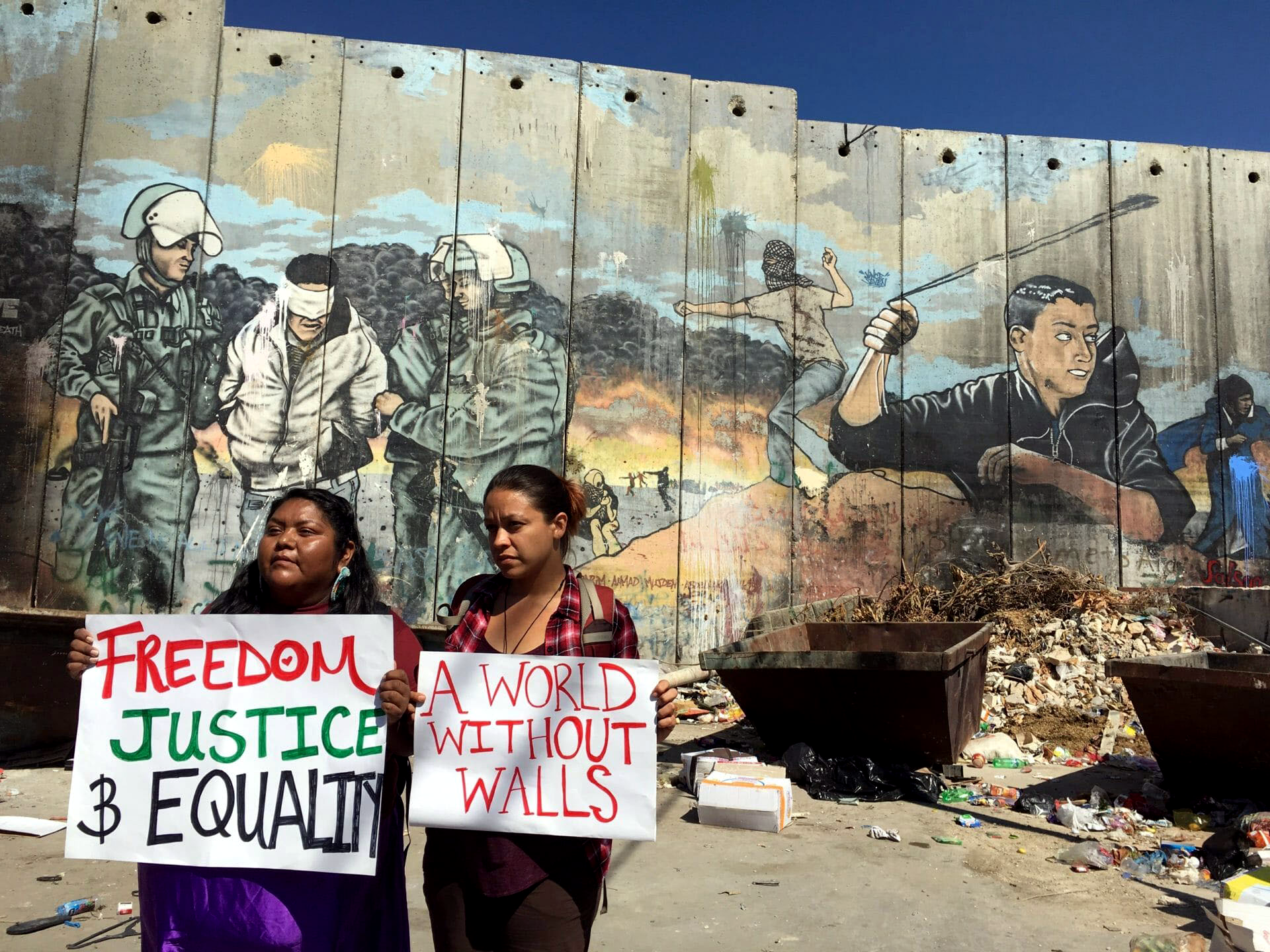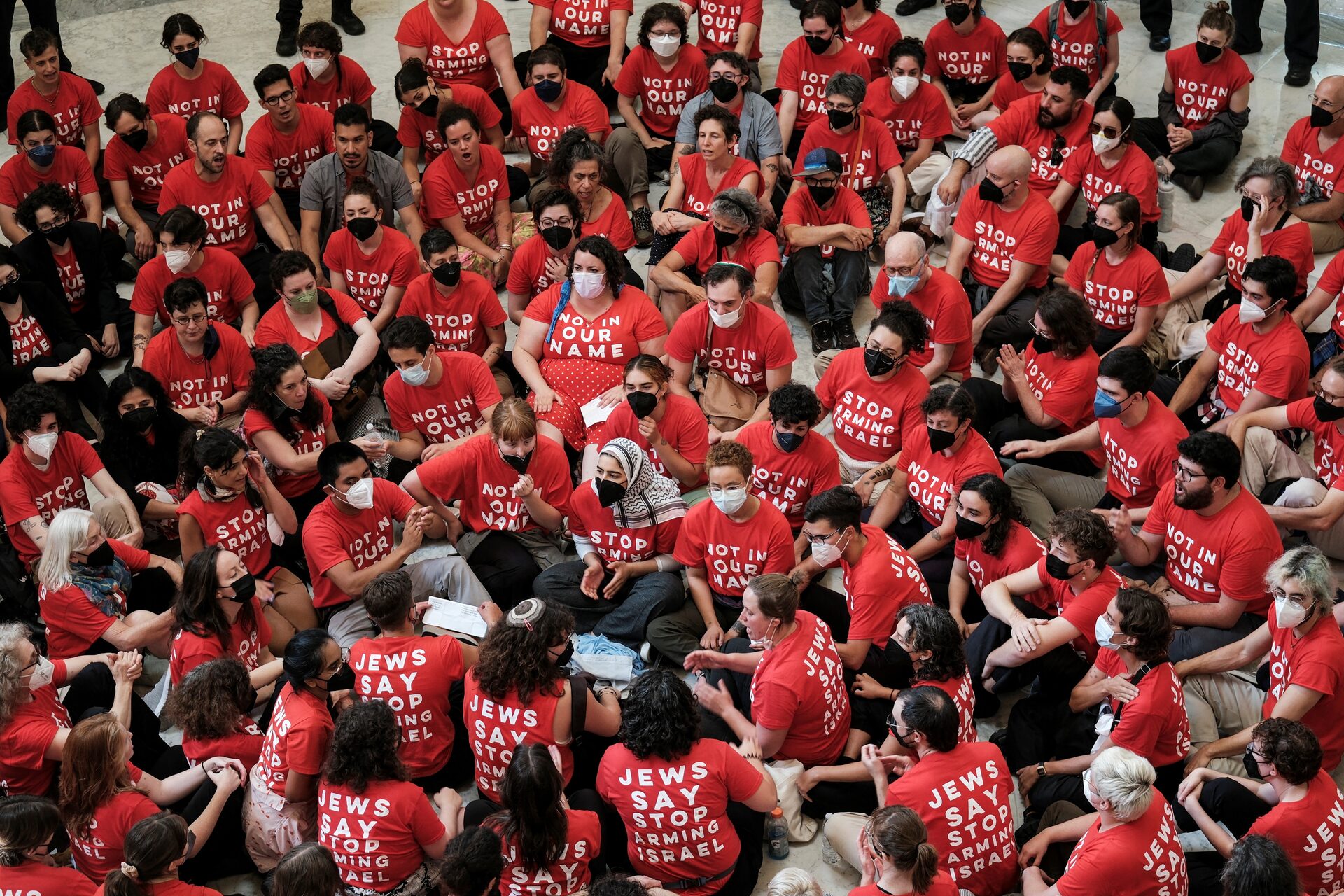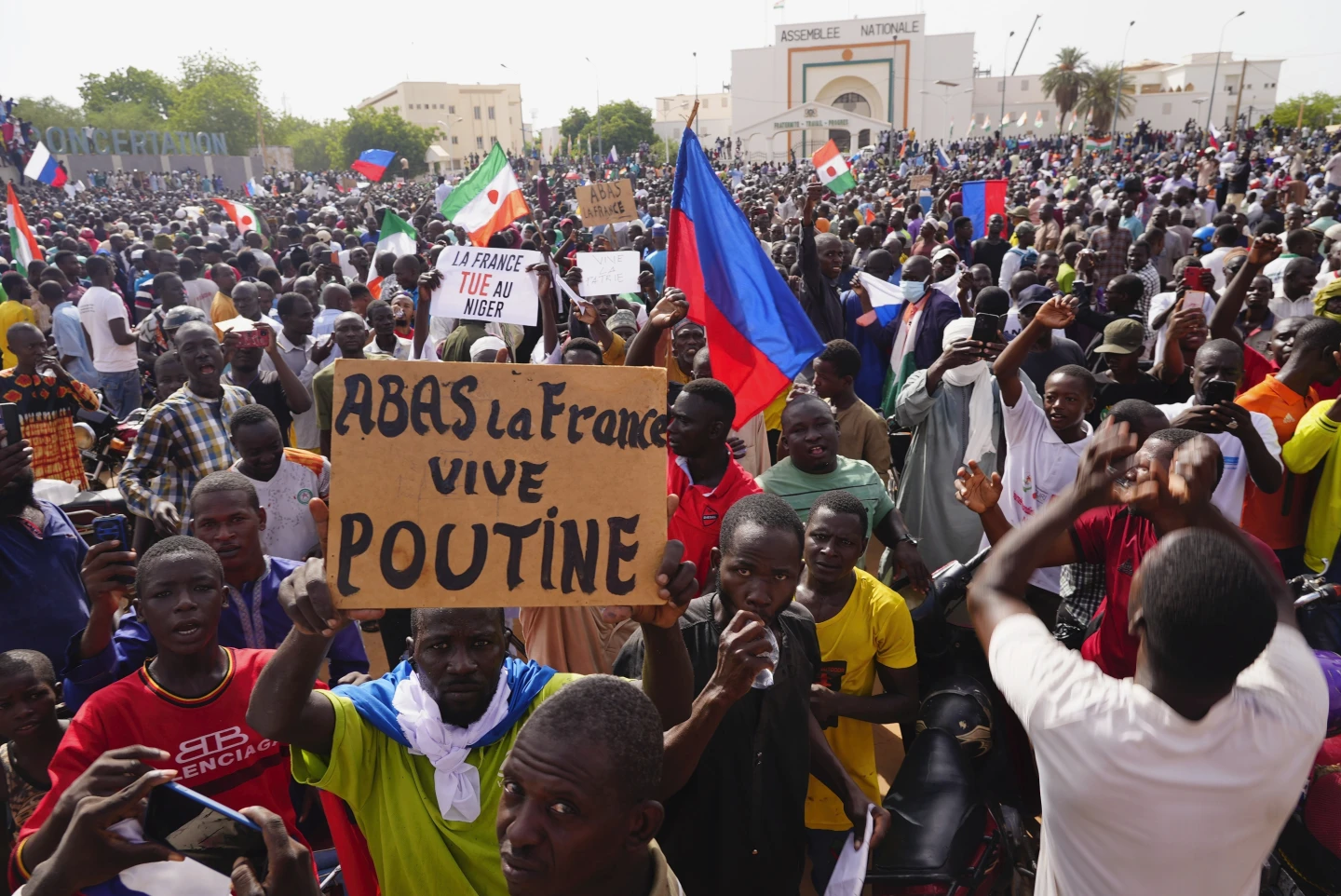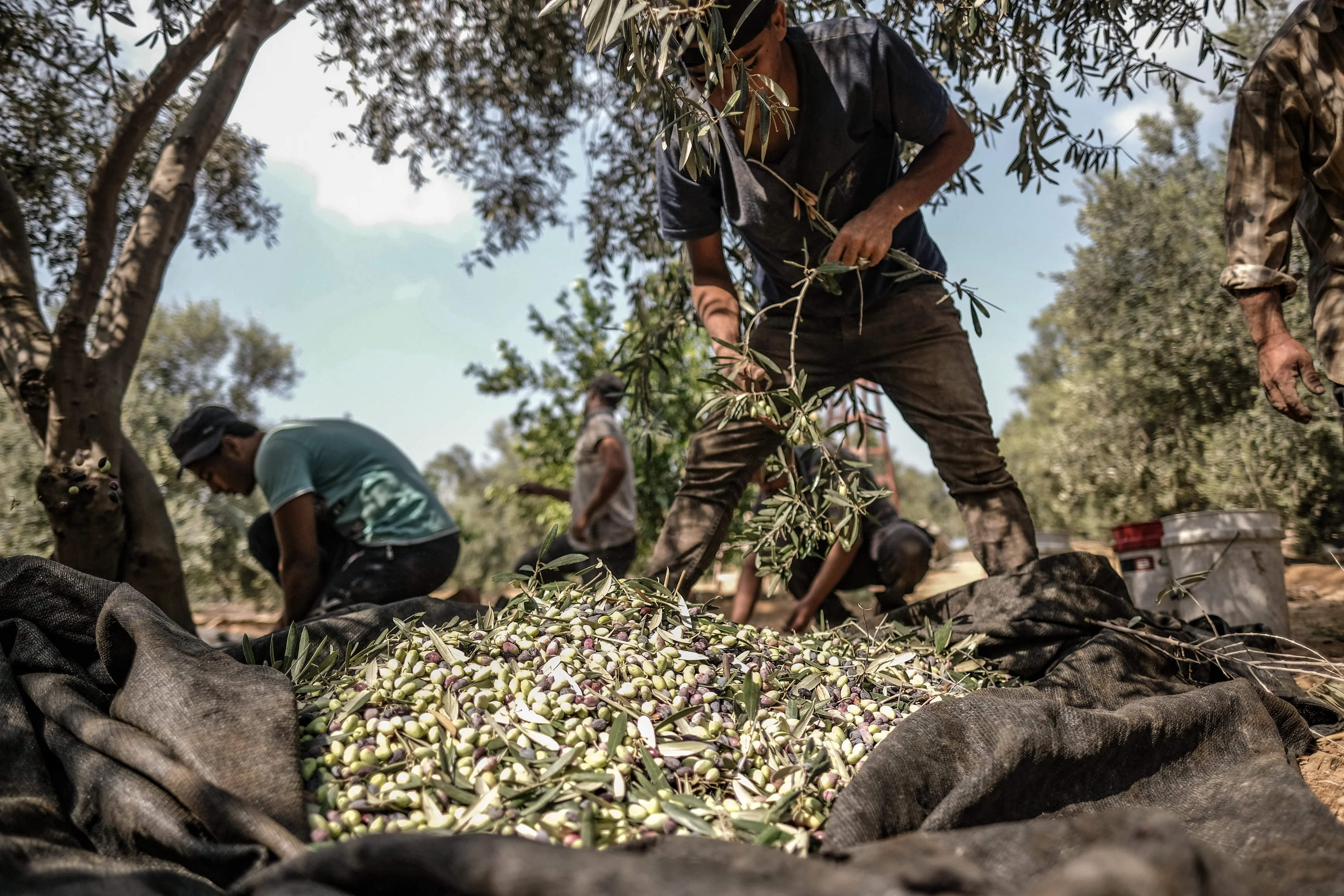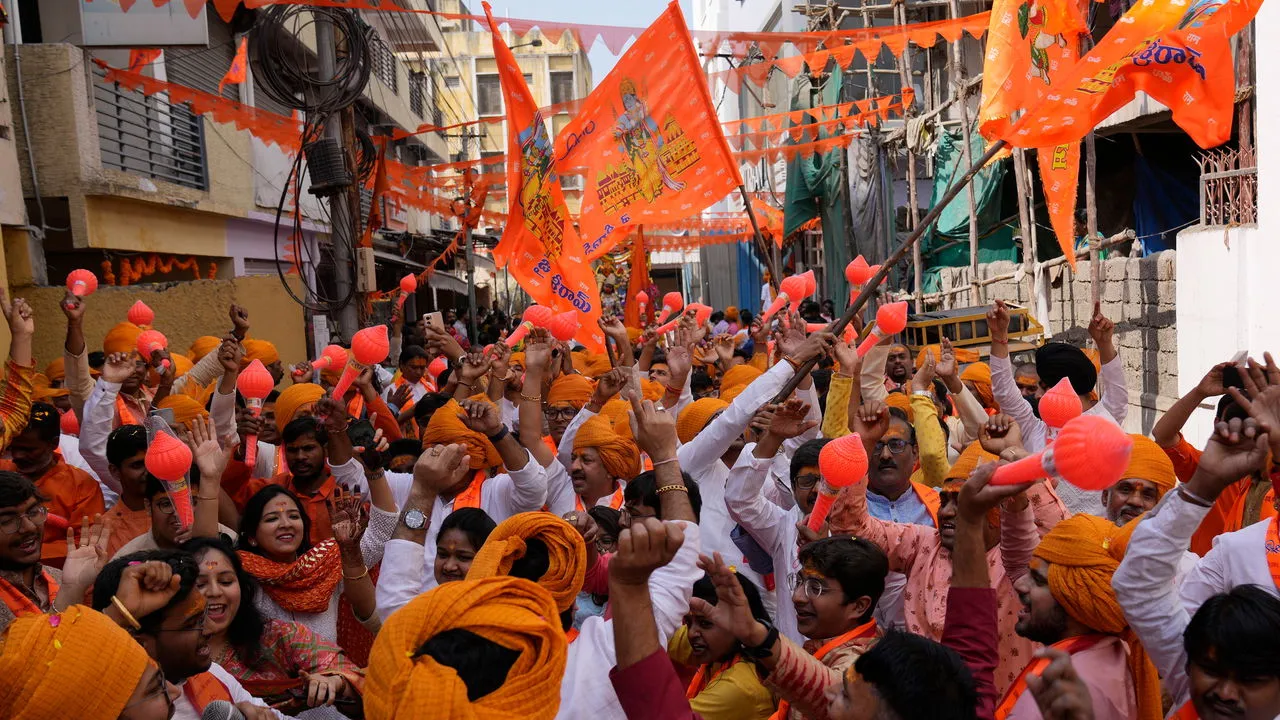Distorted Rhetoric: A Dictionary for Discussing Palestine
Within the movement for Palestinian liberation, language is incessantly distorted in bad faith campaigns to depict the movement as violent, inflammatory, and antisemitic. In most cases, these distortions rely on lies and invented meanings that flatten Palestinian history through racist caricature. Why not ask Palestinians and protestors ourselves what our language means — and instead focus the concern for “hateful language” on the lawmakers who openly carry out mass murder?
Intifada derives from the Arabic root nafada: “to shake off.” An intifada is an uprising or resistance movement against oppression. In the context of Israel-Palestine, “intifada” refers to mass uprisings against Israeli occupation, including the First Intifada (1987-1993), which began in the Jabalia refugee camp after an Israeli truck driver collided with a civilian car, killing four Palestinian workers; and the Second Intifada (2000-2005), which was triggered by the failure of the 2000 Camp David Summit, the anticipated final agreement of the Israeli–Palestinian peace process in July 2000.
In attempting to depict the intifadas as intrinsically murderous, critics fixate upon violent elements of the campaigns and ignore the mass, nonviolent demonstrations that characterized the intifadas for the vast majority of Palestinians. Within the occupied territories, communities organized demonstrations, strikes, and boycotts to protest the growth of Israeli settlements and the expansion of the apartheid wall. All such actions were met with excessive violence by Israeli forces, culminating in the deaths of thousands of Palestinians. The suggestion that the word intifada calls for murder, let alone annihilation, is rooted in a racist distortion regarding what Palestinians believe and why they choose to resist occupation.
From the river to the sea calls for freedom, liberty, and dignity for all who live between the Jordan River and the Mediterranean Sea. That means the ability for Palestinians throughout all of Palestine — whether in the West Bank, Gaza, Jerusalem, or Yaffa — to be able to live free of discrimination, on the land of their people, which they have inhabited for centuries.
Min al mayyah lil-mayah, falasteen hurriyeh represents the above chant in Arabic. It translates to “From the water to the water, Palestine freedom.” It calls for the liberation of all in the historical region that is Palestine.
Min al mayyah lil-mayyah, falasteen arabiyyah translates to “From the water to the water, Palestine is Arab.” The chant counters the official Israeli government posture that all of historic Palestine has an “exclusive” Jewish character. Arab Palestinians have inhabited the entirety of Palestine for over a millennium — the land cannot be divorced from its Arab character. Moreover, Arab and Jewish identities have not always been perceived as diametrically opposed — historically, Jewish communities in Palestine and across the region were woven into the fabric of Arab societies. This chant thus stands in defiance of Zionism and its forced decoupling of Arab and Jewish identities.
